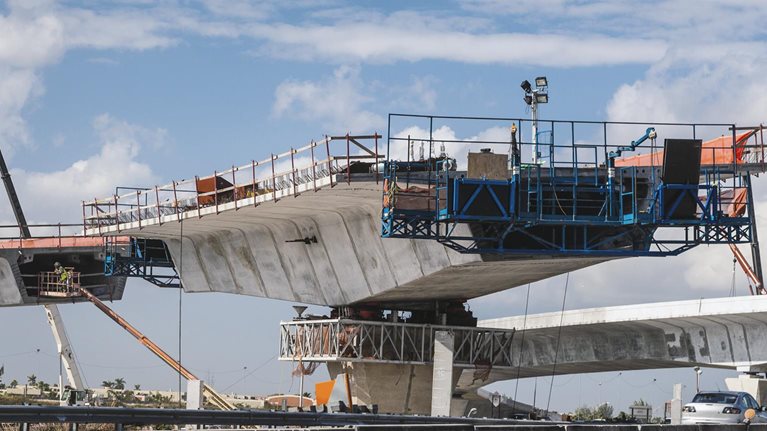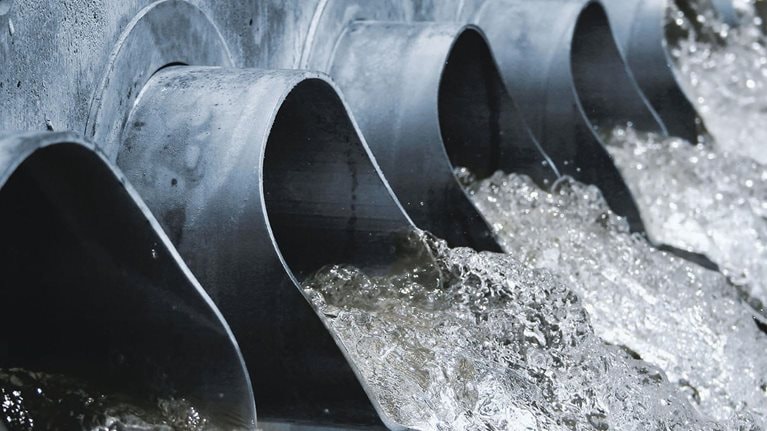The Infrastructure Investment and Jobs Act, also known as the Bipartisan Infrastructure Law (BIL), which was signed in November 2021, will provide more than $1 trillion in public investment. One core component of the legislation is accelerating the clean-energy transition and improving the reliability and resilience of electric-power infrastructure. As of January 2023, roughly 40 percent of total BIL clean-energy funding had been launched1, with remaining prenotice programs expected to begin funding cycles in early 2023.
The power sector currently accounts for about a quarter of total greenhouse-gas (GHG) emissions in the United States. Decarbonizing the power sector is therefore critical to mitigating the impact of climate change. At the same time, increased frequency of extreme weather events combined with aging electric-power infrastructure is making the power system increasingly vulnerable to prolonged outages. The act provides funding across a wide range of stakeholders—including state, local, federal, utilities, and industries—and across the power value chain, from generation down to storage and emissions management, including clean energy, electric-grid improvements, carbon capture, and clean-hydrogen development.2
This article, part of our Reinvesting in America series, breaks down BIL spending on clean-power infrastructure in the following exhibits.
Energy is a core priority of BIL

We can expect a host of new programs
A portion of the funding available through BIL will go toward existing programs focused on renewable generation and energy efficiency. But the bulk of incoming funds—which will be available through formula or block grants, competitive grants, and loan and financing programs—will be dedicated to new programs.

BIL builds on past spending
The 2009 American Recovery and Reinvestment Act (ARRA) included more than $60 billion of clean-energy investments1 to modernize US energy and communication infrastructure and enhance energy independence. This stimulus package provided significant investments in energy efficiency, renewable generation, and grid modernization.
Now, more than a decade later, energy efficiency and renewable energy have matured. For this reason, the BIL focuses more on accelerating the development of new technologies, such as clean hydrogen and carbon capture and storage (CCS), as well as continuing to modernize the grid to support electrification, renewable integration, and climate adaptation.

How the money will be allocated across themes
The goals of the largest energy programs are to upgrade grid resiliency, build direct air capture hubs, increase carbon capture and storage, and develop hydrogen hubs. BIL also includes programs to support dams and nuclear reactors, encourage battery recycling and demonstration, deploy energy efficiency, and fund R&D.
For a more detailed look at the specific programs for each theme, see the technical appendix.

Funds are distributed among entities and programs
The private sector and state and local agencies are each eligible for more than $35 billion in energy-related funding from the BIL. All entities have access to numerous programs targeting everything from energy efficiency and renewable generation to grid modernization (see sidebar, “Resources to help navigate BIL clean-energy funding programs”).

Prenotice funding programs expected to begin funding cycles in early 2023
About 40 percent, or $32 billion, of total BIL clean-energy funding was launched as of December 2022, including large programs such as Battery Materials Processing, for which about $3 billion was released as of January 2023.
Remaining prenotice funding programs are expected to begin funding cycles in early 2023.

Funding awarded in fiscal year 2022 supported projects across the country, especially in a handful of states
Three programs account for more than 70 percent of the $10 billion in funding awarded as of January 2023: Weatherization Assistance ($3.2 billion), Battery Materials Processing ($2.8 billion), and Advanced Reactor Demonstration ($1.3 billion).
Of the awarded funding, the largest single projects are $1.31 billion to support the demonstration of an advanced nuclear reactor in Kemmerer, Wyoming; $1.1 billion to preserve the existing Diablo Canyon Power Plant in Avila Beach, California; and $300 million to support a battery-recycling facility in Hopkinsville, Kentucky.

How stakeholders can make the most of the funding opportunity
Five actions in particular could help stakeholders seize the present opportunity.
Get organized
Successfully developing and implementing these projects will require public and private stakeholders to engage and participate in a coordinated way. Stakeholders will likely want to identify the network of key private-, social-, and public-sector stakeholders that are critical to success; develop an engagement strategy; and proactively build these relationships, for example, by engaging early and often throughout the project development cycle. A few actions could prove important for making the most of the opportunity:
- Consider opportunities for shared land use and right of way for infrastructure development. For example, identify a multiuse corridor to facilitate codevelopment of power transmission line and roads.
- Optimize returns from the funding. For example, assess the opportunity for public‒private partnerships by identifying where collective effort from the public and private sectors could maximize and scale impact (for example, scale up first-of-its-kind green infrastructure and innovation) and where risks need to be managed and mitigated (for example, guarantees) across the energy ecosystem.
- Develop a comprehensive, integrated plan. For example, coordinate across stakeholders to build a hydrogen hub to identify opportunities for shared infrastructure.
Stay up to date
Information about BIL funding programs, including guidance, application requirements, and program deadlines, is updated regularly. Developing capacity to track and efficiently scan for these updates and develop a holistic view of how to access, navigate through, and coordinate across the wide range of climate and clean-energy funding and financing opportunities will be critical.
Be ready to tell your impact story. A compelling narrative and a fact base to back it up—for example, preparing the historical performance of delivering projects on time and on budget and modeling decarbonization pathways and scenarios to assess risks and implications—could build credibility and strengthen business cases for energy transition projects. A view of what private-sector “capital formation” is required across the various value chains to manufacture and deploy technologies, and where a state has a differentiated role to play, is also critical.
Set up for success. Identify what it takes—such as organizational structure, resources, culture, technical capabilities, or stakeholder engagement—to support energy transition and decarbonization pathways. This could include developing a capability-building strategy, defining an operating model for efficient project delivery, improving analytics capabilities to inform decision making, and developing metrics to track performance targets, such as through data dashboards. In addition, having a good understanding of the energy technology landscape (for example, hydrogen applications, cost curves, and end-use economics) and equipping teams with technical capabilities, such as energy modeling and economic analyses, could help inform business cases for clean-energy technology and infrastructure. It could also help stakeholders identify how to best use funding to create value across the energy transition value chain.
Stay focused on economic development, environmental justice, and equity. These elements cannot be an afterthought. Analyzing economic development, equity, and the impact of environmental justice—for example, considering the perspectives (including barriers to adoption, place-based considerations, and exposure to climate and economic risks) of all stakeholders, especially those in poor and marginalized communities throughout the clean-technology development—is a critical aspect of planning the energy transition and an important component of successful grant applications.


